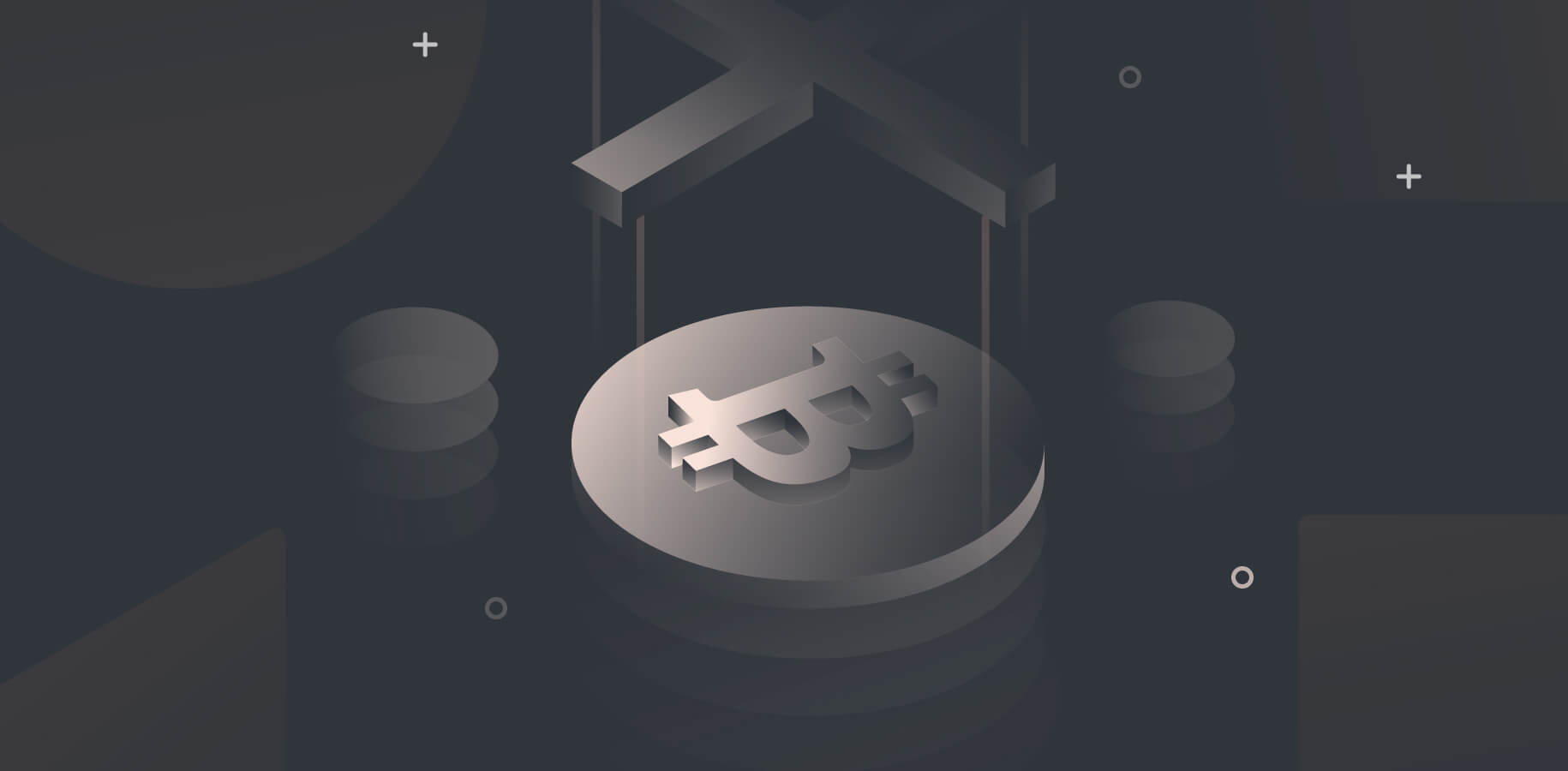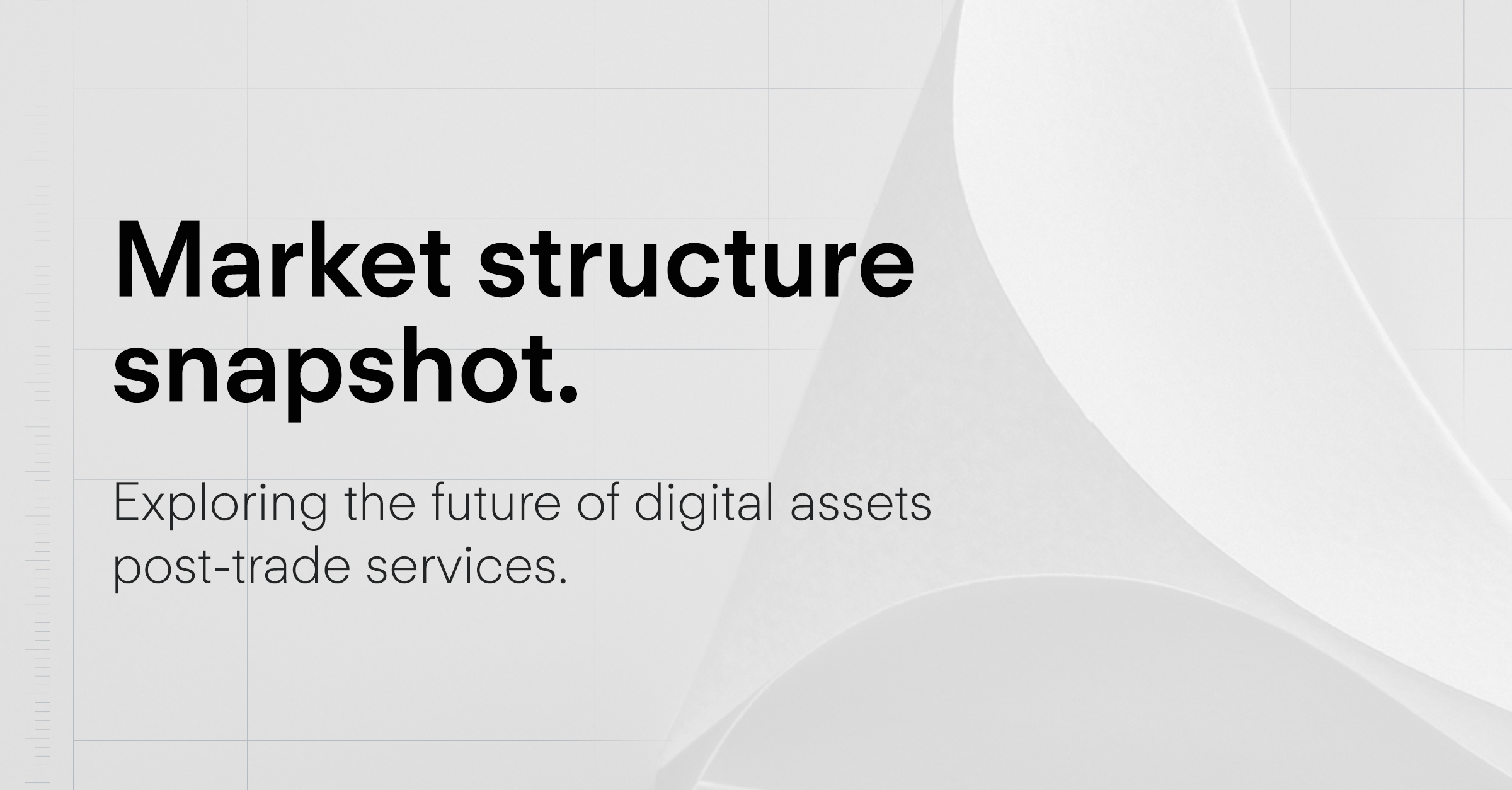
This is part 1 of a series on crypto-mining.
Bitcoin mining is the process of verifying and adding transactions to the Bitcoin blockchain. This is integral to the function of the currency, as it prevents double spending, and allows new Bitcoins to enter circulation. At the time of writing, Bitcoin has a circulating supply of 17,353,762.
Unlike central banks who can print currency to shore up a country’s economy, there can never be quantitative easing in Bitcoin, and its deflationary code dictates that the cryptocurrency will never have more than 21 million coins in circulation.
According to research by Chainalysis, anywhere between 2.7 million and 3.8 million Bitcoins have been permanently lost. The most famous case is that of British IT worker James Howells, who lost 7,500 Bitcoins (now worth £36.6m) when in 2013 he accidentally threw away a hard drive containing his private keys.
Because the possible supply of unminted Bitcoins is ever shrinking, it takes an increasing amount of hardware power to find them. And as more miners compete to mine blocks, the Bitcoin protocol automatically increases the difficulty of the equation.
Every miner receives rewards in the form of Bitcoins for correctly verifying transactions and updating the Bitcoin blockchain. As such, miners play an important role in keeping the currency secure and useable.
At the same time, the process tends to concentrate power in the hands of a few large operators.
Economies of scale, alongside cheap electricity, make Bitcoin mining more profitable. So while mining operations tend to move to far-flung countries with cheaper electricity costs, they also seek ever larger groups of rigs all calculating at the same time in order to find Bitcoins and recoup their costs.
Because Bitcoin is an open source blockchain, in theory anyone with a computer can download the Bitcoin software and begin mining within minutes. However, competition is intense. Whoever has the largest amount of computing power at their disposal has the highest chance of mining new blocks on the Bitcoin blockchain and receiving the associated rewards.
Specialist machines, known as rigs, carry out billions of complex computations every second.
Sometimes companies concentrate mining rigs in one place in what is known as a mining farm. One of the world’s largest is the 48,000 sq.ft. KriptoUnivers, a former Soviet agricultural lab in northern Russia, where some 3,000 rigs are running calculations 24 hours a day.
When Bitcoin mining really began in earnest in the early 2010s, the units used were Mhash/s (million hashes per second) or Ghash/s (billion hashes per second). The figures more commonly used in 2018 are Thash/s (trillion hashes per second) and Phash/s (quadrillion hashes per second). Two years ago the Bitcoin blockchain passed one exahash per second - that’s 1018 or a billion billion calculations per second. The next step up is the zettahash.
On an individual level there is an arms race for faster and faster machines. But this has created a rather odd situation in the market. The producers of the fastest CPU mining rigs are China’s Bitmain. But the same company is also behind one of the world’s largest mining pools. In reality it has little incentive to sell the best tools for the job to its direct competitors.
Slushpool, a mining pool with around 9-10% market share reported on 22 October that Bitmain’s ASIC chips were capable of performing faster - and therefore being more likely to verify transactions faster - than their current firmware allowed.
Under pressure, Bitmain derestricted their machines and activated the Overt ASICBoost firmware across the board.
The lucrative rewards out there for those with enough hashrate have seen mining pools emerge: these are miners who agree to pool their computing power resources in order to get a small percentage of the reward on offer.
Blockchain.com keeps an ongoing record of which mining pools control the largest spread, or what we might consider to be market share. The unit used is called hashrate distribution and is a measure of the relative size and strength of a pool’s total computing power.
There is a heavy concentration of power in the hands of Chinese companies. Recent estimates put China’s mining pools in control of 81% of Bitcoin hashrate. Rounding out the rest are firms or groups in the Czech Republic, Russia, Georgia, Iceland and Japan.
Backed by China’s Bitmain. Uses open source code that is viewable on Github. Running since 2015.
Illustrating how little we really know about Bitcoin miners is the fact that a sixth of the total computing power verifying transactions and mining new Bitcoins are unknown. These could be individuals or simply pools that do not publicly advertise for new members.
Viabtc Technology Limited was founded as a cryptocurrency startup in May 2016 with engineers from Tencent, one of China’s largest technology companies. Shows its hashrate publicly and relies on transparency to attract new miners.
Founded by former China Mobile engineer and early adopter Jiang Zhuoer in 2017. Started out as a private pool.
Notionally founded by two Chinese engineers, this is a second large pool also controlled by Bitmain. Running since 2014.
In the short term, mining pools are subject to the same fragilities as traditional companies.
Tariffs in the US-China trade war could hurt Bitmain the most, as it has the highest exposure to the American market. Their main product are still ASIC rigs, which were reclassified from ‘data processing machines’ to ‘electrical machinery apparatus’, making them subject to a 2.6% tariff when selling to the US.
Regulations are still the greatest threat to the expansion of Bitcoin mining, if global consensus can be reached as to environmental controls. This looks less likely in the immediate future because of the Trump administration’s decision to walk away from the Paris climate accord and more recently its dismissals of a disastrous climate report by the IPCC.
According to The Independent, a new study by researchers at the University of Hawaii published in Nature Climate Change predicts that that Bitcoin mining could push global warming above 2 degrees by the end of the next decade.
Co-author Katie Talady writes: “Currently, the emissions from transportation, housing and food are considered the main contributors to ongoing climate change. This research illustrates that Bitcoin should be added to the list.”
We could see a situation where severe caps are imposed on the amount of electricity allowed to be used by Bitcoin miners. If that happens, the nature of the space will be fundamentally altered.
Bitcoin miners have the ability to enrich themselves with the flick of a switch. But global regulators could still clamp down to change the future of Bitcoin mining, with the simple swipe of a pen.
Insights

Market Insights
23.01.2024

Coppercasts
12.07.2024

Company News
23.07.2024